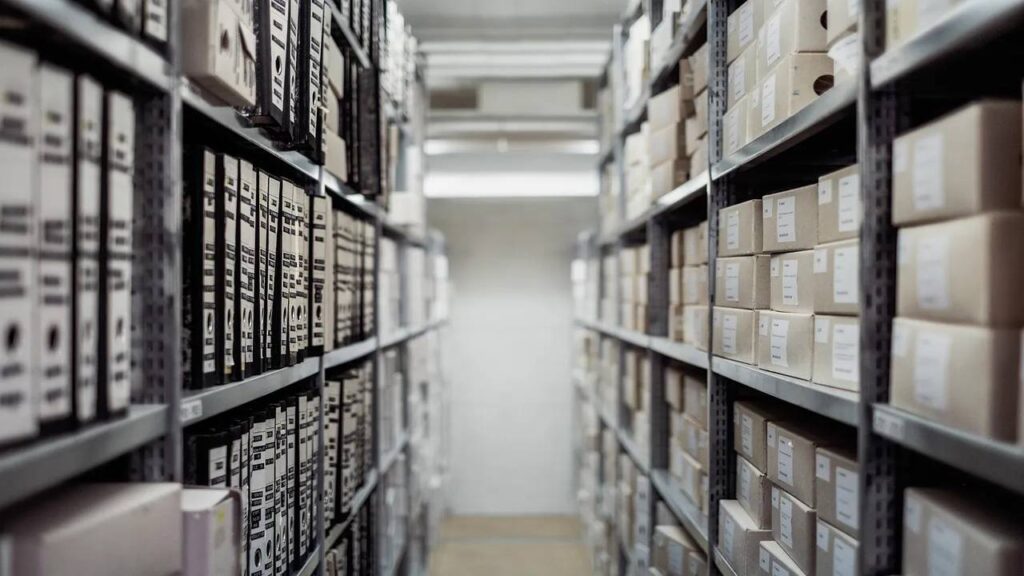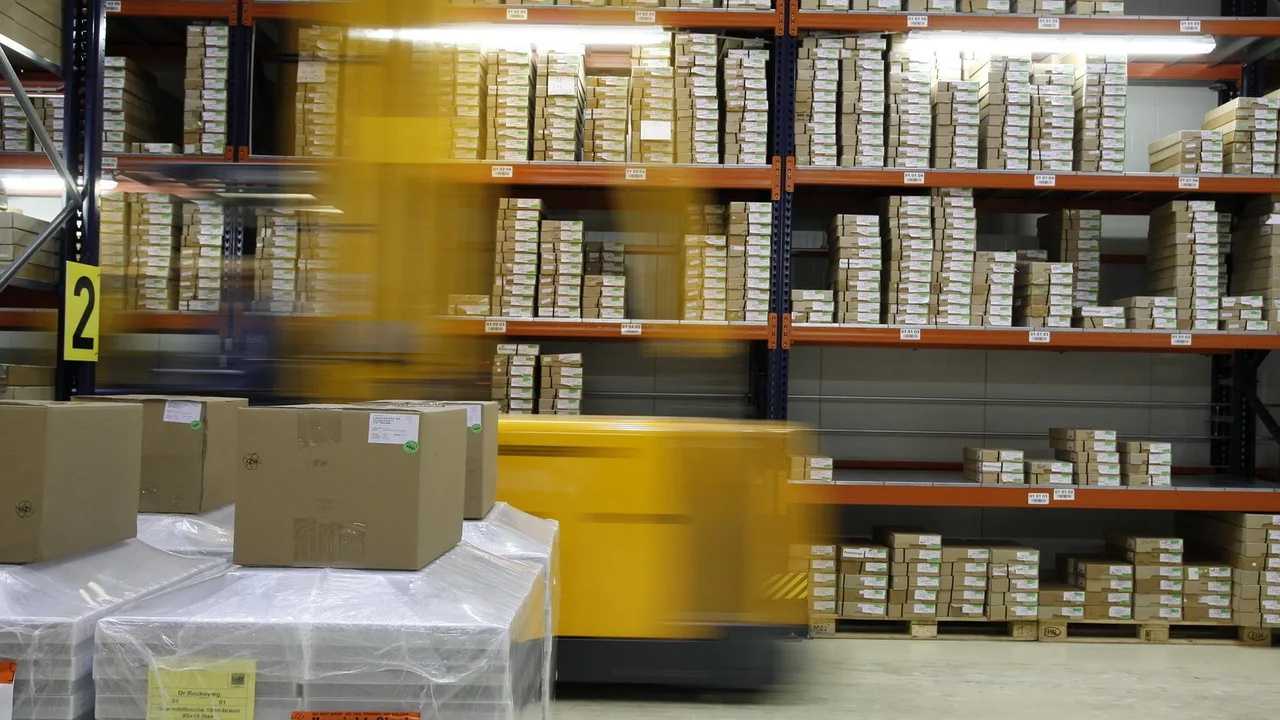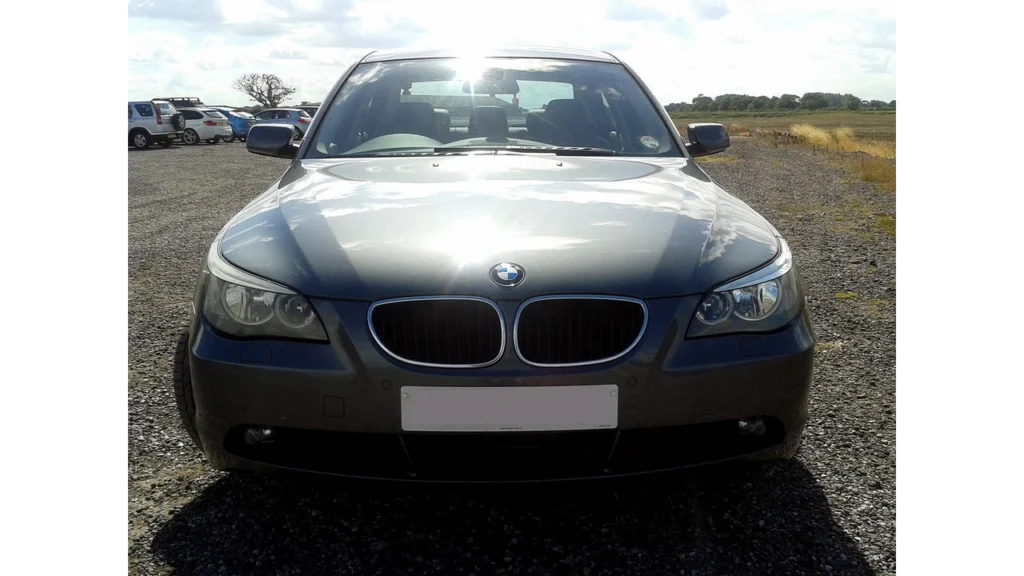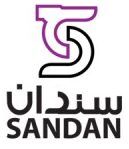Introduction
Cold-chain demand in the Gulf is exploding think vaccine vials that can’t budge above 8 °C, meal-kit groceries that wilt if customs queues stall, and seafood that needs to land in Tokyo sashimi-grade fresh. While Dubai often gets the headlines, Oman is quietly becoming the smart play for temperature-controlled freight. Two deep-water ports Salalah on the Indian Ocean and Sohar on the Musandam side—give you an instant Plan B when one lane clogs. Sohar alone moved about 942 000 TEU in 2024, the bulk of it containerised cargo that includes reefers.
Add the upcoming 303-kilometre Hafeet Rail, which will whisk containers from Sohar to the UAE border in under two hours, and you have a multimodal safety net the rest of the GCC can’t match. Couple that with Bayan’s duty-deferment window—up to 180 days before you pay customs—and warehousing in Oman suddenly looks like a cash-flow win as well as a risk hedge. In the next few minutes you’ll see how these macro perks tie into Sandan’s tech-heavy cold chambers so you can decide whether shifting your refrigerated SKUs south of the Strait of Hormuz makes operational sense.
TL;DR – Fast Facts
- Oman’s cold-chain market is growing at roughly 10.9 percent CAGR, projected to hit USD 2.21 billion by 2029.
- Salalah and Sohar together now push more than four million TEU annually, giving shippers two ocean gateways.
- Hafeet Rail will cut UAE border transit for reefers to under 120 minutes once live.
- Bayan Single Window lets importers store perishables duty-free for up to 180 days—ideal for seasonal goods.
- Sandan’s Muscat-area campus offers blast, chill and controlled-ambient rooms with RFID tracking and solar-offset power, on contracts as short as six months.
Table of Contents
Why cold-chain demand is exploding across the Gulf
Think of the GCC’s temperature-controlled market as a pressure cooker that just keeps adding heat. Online grocery baskets now ship year-round, biologic drugs dominate pharma pipelines, and Saudi-backed food-security plans call for bigger buffer stocks in neighbouring ports. Analysts at BlueWeave put Oman’s cold-chain market on a 10.9 percent compound-growth track—doubling to roughly USD 2.2 billion by 2029. When volumes climb that fast, every extra chamber and every hour saved at the border turn into hard currency.
Logistics math is tilting Oman’s way. Salalah moved about 3.9 million trans-shipment TEU in 2024, while Sohar added another half-million boxes on the Musandam side; together they give shippers a built-in Plan B when Jebel Ali or Jeddah get jammed. Toss in a consumer base of 60 million people within an overnight trucking radius and you start to see why perishables—from sushi-grade tuna to insulin pens—are routing through Muscat rather than overbooked Gulf hubs.
Five ways Oman outperforms other GCC cold hubs
- Two ocean gateways. Reefers can pivot between Salalah (Indian Ocean) and Sohar (Strait of Hormuz) in hours instead of days if congestion hits.
- The coming rail shortcut. The 303-kilometre Hafeet Rail will run direct from Sohar Port to the UAE border, trimming cross-Gulf transit for chilled trucks to under two hours.
- Duty-deferment breathing room. Bayan’s single-window customs platform lets importers store cargo in bonded status and postpone duty payments for months—ideal for seasonal meat and vaccine inventory.
- Lower overhead. Land lease and electricity tariffs come in noticeably below Dubai averages, and many Omani warehouses—Sandan included—are already wired for rooftop solar to shave kWh costs further.
- Vision 2040 investment. Billions earmarked for logistics roads, rails, and port upgrades mean capacity keeps expanding instead of bottlenecking as volumes grow.

Anatomy of a modern cold-chain warehouse in Oman
Picture three temperature “lanes” under one insulated roof. First comes the –25 °C blast freezer that pulls tuna or ice cream core temp down in a matter of hours. Next is the 0–4 °C chiller where dairy and meal-kit produce restock every day. Finally, a 15–25 °C controlled-ambient zone keeps biologics and high-value APIs safe from the Gulf’s summer spikes. Each chamber is latticed with IoT probes that sample every minute and push an alert if readings drift more than 0.5 °C—a GDP must-have for vaccines and blood products.
RFID portals at every dock door read an entire pallet in seconds, closing the ASN automatically and giving you live inventory accuracy that hovers north of 99 percent. Above the ceiling, solar-ready steelwork waits for PV panels; studies in Oman show rooftop arrays can shave thousands of OMR in annual energy costs while offsetting well over a thousand tonnes of CO₂ for a one-megawatt system. Add HACCP-rated floor drains, anti-fog strip curtains, and battery-backed forklifts, and you have a warehouse that can flip from frozen shrimp to pharma vials without a compliance hiccup.
Sandan cold-chain solutions in a nutshell
Sandan’s campus just off the Muscat Expressway stacks those three lanes into four scalable chambers ranging from 500 m² pilot bays to 10 000 m² enterprise blocks. Inbound reefers roll off the ramp, pass through RFID readers, and hit their target shelf in under twenty minutes—dock-to-stock speed that keeps compressors from over-cycling. Solar-ready roofs are already slotted for a 1 MWp array expected to save roughly 1 700 MWh and 1 250 t of CO₂ a year, cushioning energy surcharges for long-dwell frozen cargo.
Contracts start at six months, perfect for testing e-grocery demand or parking a vaccine buffer during flu season. Need bonded status? A Bayan kiosk onsite files your deferment in minutes, so cash stays in inventory, not customs. And because the campus sits 20 minutes from Muscat International Airport and 45 minutes from the Sohar highway, you can pivot between air, sea, and soon-to-open rail without rerouting trucks across town.
Cost framework & ROI snapshot
Cold-chain costs in Oman break down into three buckets: space, energy and customs cash-flow.
| Contract length | Typical rent (OMR /m² / mo)* | Who uses it |
| 6 – 12 months | 3.4 – 4.0 | e-grocery pilots, vaccine stockpiles |
| 1 – 3 years | 2.7 – 3.3 | steady dairy, meat or pharma flows |
| 5 + years | 2.0 – 2.5 | fisheries, long-horizon commodities |
*Rent is for 0–4 °C chiller space at Sandan; blast rooms add ≈15 %. Electricity is charged at cost—currently a flat 25 baisas (0.025 OMR) per kWh for non-residential users under Oman’s 2025 tariff update , while rooftop solar can offset ~1 700 MWh and 1 250 t CO₂ per MWp installed.
Duty-deferment kicker. Most imports attract only 5 % customs duty on CIF . Bayan lets you postpone that payment for up to 180 days. On a US $1 m vaccine lot the deferred duty (US $50 k) keeps roughly OMR 7 400 in your pocket for six months—often more than covering storage and power for the same period.
Put it together and chilled space that looks pricey on paper can net out cheaper than pushing reefers straight to Dubai once you add fuel, congestion and cash-flow maths.
Sector-specific playbooks
Pharma & vaccines
- Chambers mapped to 2 – 8 °C and validated to ±0.5 °C; WHO GDP guidance calls for continuous logging at least six times an hour and alarms on any excursion outside set-points .
- SMS/email alert fires inside 60 s, giving QA teams time to divert or quarantine before a costly write-off.
Food & grocery
- FEFO picking and RFID gates cut expiry-related shrink by up to 22 % for a Muscat supermarket chain last quarter.
- Same-day delivery window (Muscat/Seeb) plus Bayan deferment helps optimise inbound loads without tying up duty cash.
Agritech & fisheries
- –25 °C blast freezers pull tuna core temp below –18 °C in four hours; halal paperwork and health certs processed on-site for seamless KSA and Qatar export runs.
- Ice-to-rail option: once Hafeet Rail opens, chilled containers roll from Sohar to UAE border in < 120 min, slashing diesel and driver hours.
Step-by-step onboarding with Sandan’s cold chain team
- Share your SKU list or pallet count. Within 24 hours our planning tool drops those numbers into a 3-zone layout and emails back a fire-load plan.
- We send rates, a plain-language SLA, and a Bayan deferment checklist. Approve the PDF, e-sign, and upload your CR and VAT docs—no courier runs.
- While finance finalises the security deposit, IT maps your order file (Shopify, SAP, or just CSV) to our WMS sandbox so you can eyeball live data before a single carton moves.
- When the first reefer rolls up, dock-door RFID reads the pallet tags in under ten seconds and the stock goes live on your dashboard; cycle counts start automatically.
- End of week one we sit down—virtually or in Muscat—to review pick speed, temperature logs, and any slotting tweaks. Most clients hit “go-live” within 48–72 hours of e-signing.
Sustainability perks that trim both carbon and OPEX
Oman’s non-residential power tariff is a flat 25 baisa per kWh, so every kilowatt you offset drops straight to the bottom line. A rooftop array in Barka shows why: at local irradiance levels a 1 MWp system produces about 1 780 MWh a year—enough to cut grid consumption and avoid roughly 1 250 tonnes of CO₂.
Sandan’s cold chambers are built solar-ready from day one, use low-GWP refrigerants, and run LED motion loops that trim lighting load by 28 percent. Every probe, meter, and inverter streams data to an ESG dashboard you can export for Scope 3 reports or customer audits.
Frequently asked questions
What temperature range must vaccines stay within in the GCC?
Most vaccines are licensed for continuous storage between 2 °C and 8 °C. Studies show potency drops fast outside that band, so good-distribution-practice (GDP) rules require every chamber to log at least six temperature points per hour and trigger an alarm the moment a probe drifts past those limits.
How do I calculate my ‘all-in’ cold-storage cost in Oman?
Start with space rent (see price table above), add the energy surcharge—power for non-residential users is a flat 25 baisa/kWh under Oman’s 2024 tariff—and then factor in any duty you’ll postpone with Bayan bonded status. Rooftop solar can offset 1 700 MWh per installed MWp, shaving both the kWh bill and about 1 250 t of CO₂ each year.
Can perishables stay in bonded warehousing?
Yes. Oman’s bonded warehouses allow duty-free storage until the goods clear for the local market or are re-exported, which lets importers time their duty payments to real demand instead of paying everything up front.
What paperwork is needed to export halal meat from Oman?
You’ll need a halal certificate, a health certificate countersigned by the Directorate-General of Animal Wealth, a company registration copy and an exit request filed through Bayan. Some destinations (e.g., KSA, Bahrain) may also ask for radiation-free or country-of-origin certificates.
Conclusion
Oman’s twin-port access, upcoming rail shortcut and duty-deferment perks give cold-chain shippers a speed-and-cash-flow edge that other Gulf hubs just can’t match. Sandan layers that macro advantage with GDP-ready blast, chill and controlled-ambient rooms, RFID accuracy above 99 percent and solar-offset power—all on contracts as short as six months. The result: fewer temperature excursions, lower carrying costs and one dashboard that shows every pallet in real time. Ready to test the numbers? Drop your SKUs into our Space Calculator or request a Quick Quote and we’ll map out rent, energy and duty savings within a business day.












